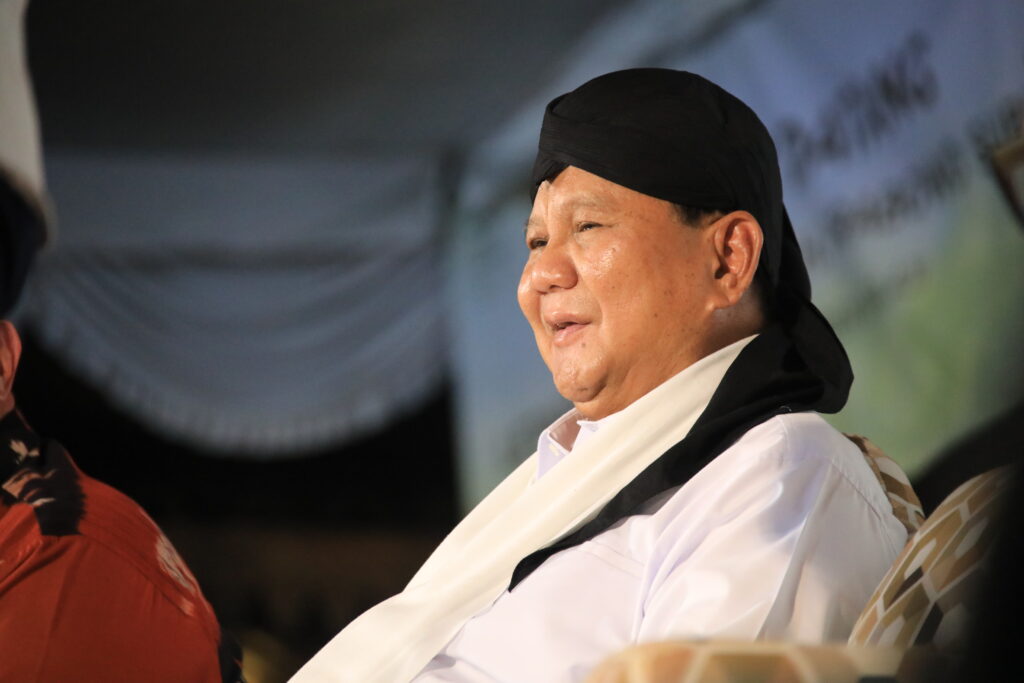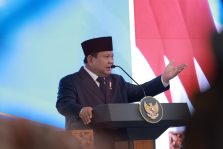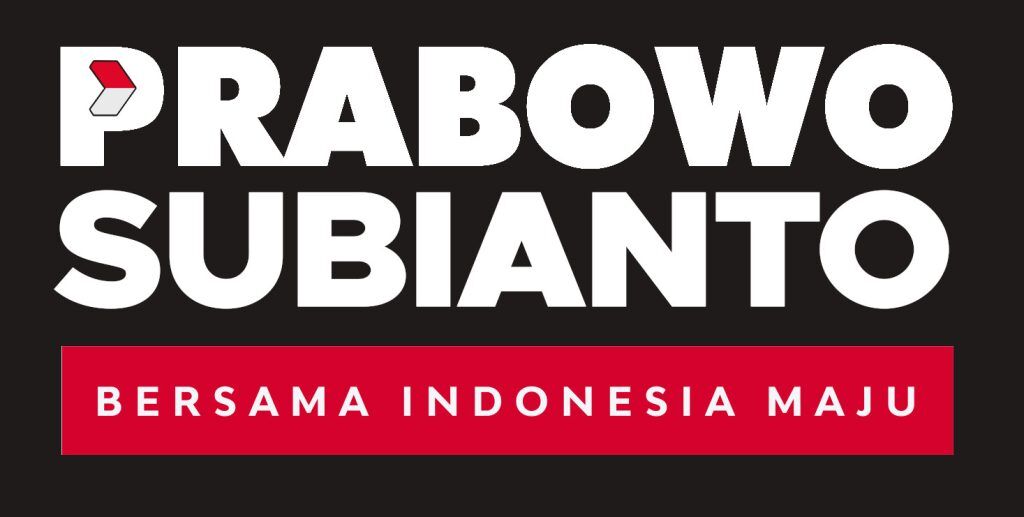By: Prabowo Subianto [excerpted from “National Transformation Strategy: Towards Golden Indonesia 2045,” pages 161-163, 4th softcover edition]
As our population continues to grow, increasing our food supply becomes critical. A country’s failure to secure food availability, affordability, and quality can lead to turmoil. Recent history highlights the vital need for each country to be self-reliant in feeding its populace.
During the COVID-19 pandemic and the recent El Niño-induced droughts that affected food-producing and exporting nations, we’ve seen countries that typically export food halt their shipments. For instance, India, the world’s largest rice exporter, stopped its rice exports when faced with drought conditions.
For Indonesia to stand strong and preserve our achievements, food self-sufficiency is imperative. We need to cultivate rice, wheat substitutes, and sufficient protein sources right here, utilizing our land, waters, and seas. To ensure food self-sufficiency, particularly for staple crops, it’s essential to boost the productivity of our agricultural lands through land intensification programs.
One key to elevating agricultural productivity is improving irrigation. Currently, only about 30% of Indonesia’s farmland is irrigated, leaving the rest dependent on unpredictable weather. Without sufficient rainfall, crop yields are far from optimal. We need to increase our irrigated land area, aiming to mirror China’s success, where 52% of agricultural land is irrigated year-round, enabling farmers to harvest rice three times a year.
The government must support farmers in finding and utilizing water sources. At the Defense University (UNHAN), we’ve demonstrated that our youth can effectively locate new water sources. Where groundwater is plentiful, we should consider pumping it to the surface. Solar-powered pumps could be an economical solution for irrigation.
In addition to intensifying current agricultural practices, we also need to expand our farmland. Every year, we lose vast tracts of paddy fields to development and other uses. These losses must be compensated with new agricultural land.
Implementing these programs at the village, sub-district, regency/city, and national levels—effectively and sustainably—is crucial for crops like rice, corn, soybeans, cassava, sugarcane, sago, and breadfruit. By 2029, we aim to add at least 4 million hectares to our food crop cultivation area.
Embarking on the journey to develop new agricultural lands will undoubtedly meet skepticism and criticism. Opening new lands for farming is challenging and requires time to see fruitful results. Especially in areas with marginal soil quality, it might take years before the land yields commercially viable crops. This is a long-term endeavor, not an overnight solution.
Yet, if we don’t start now, if we don’t embrace the hard work required, we may soon face a food crisis threatening our nation’s stability. Despite challenges and critics, our commitment to achieving national self-sufficiency in food production is non-negotiable. The survival of our nation and the state depends on it.












